
Yes, this camera has an APS-C sensor and can fit in your pocket
This is my review of the original APS-C Ricoh GR. I have now also reviewed the current generation Ricoh GR III which you can find here: Still the best? The Ricoh GR III long term review.
Warning: This is not a technical review where I discuss all the features and specs of the camera and show you full sized comparisons and tell you how sharp the lens is. This camera is over three years old, there are dozens of technical reviews all over the internet. This is going to focus on how this astounding little camera has served as my daily carry for the past three years.
The Ricoh GR is one of the best cameras I have ever used and I can’t recommend it enough. When you first see it, it’s a camera that you don’t take too seriously, but it encourages you to shoot in a fun way and it almost always impresses with the results. If you’re looking for a pocketable everyday carry (EDC) camera, this is pretty hard to beat. Large sensor + superb ergonomics and haptics are its biggest strengths. It’s a fantastic pocketable compact camera that is most at home doing street photography, but it’s also a great social snapper and vacation camera.
Most importantly, it is a lot of FUN to shoot!
When shopping for new camera my goal is to always try and get the best image quality I can afford, in a size that doesn’t get in the way of my daily life. I am not a professional photographer. I have no aspirations of becoming a pro photographer. I just want to capture daily life – most of the time that means my travels and moments with my family. So my rule is: to always have a camera with me, and to have the best quality camera that will not get in the way of my primary activity, whether that’s traveling, checking out a new restaurant with my wife, catching a basketball game or other more adventurous stuff like going for a grocery run on a Monday night.
Despite having a cult following dating back to the film GR’s, I only heard about the GR line of cameras in 2011 while I was searching for an ultra-compact companion to my DSLR. My introduction came in the form of the Ricoh GRD IV (aka the GRD 4). I used it as point and shoot, and I basically carried it when I didn’t want to lug around my DSLR. Which basically means I carried it about 90% of the time.
But as great as it was, I still thought of it as a compromise camera. A pocketable camera that could do better than my phone but I still grudgingly carried my DSLR when I wanted the larger sensor. Although the GRDIV had a nice f/1.9 lens, I found the small sensor limiting. It wasn’t great in low light and the files didn’t quite offer up the flexibility in post-processing that I was used to from my larger sensor cameras. But still, it was a really fun camera, a camera that could fit in your pocket with controls that were obviously designed by photographers, not engineers. To me, the GRD IV was a great “if only” camera. If only it had a bigger sensor…
When the Ricoh GR (aka the Ricoh GR V) with its larger APS-C sensor was announced in 2013, I barely even read the press release. I pre-ordered it sight unseen. It was the first camera I ever pre-ordered and so far it’s been the only camera that I’ve purchased without at least first trying out in a store. But given my experience with the GRD IV, I was fairly confident the GR would not disappoint.
When I finally had it in my hands, it didn’t feel all that different to my GRD4. It was slightly wider, but that was because it had a larger and better sculpted hand-grip, which in my opinion is still unmatched in any compact camera. Everything else was familiar – it had the same well thought out control layout, the excellent snap focus feature and a superb 28mm-equivalent lens. Except this time it had a much larger APS-C sensor. It no longer felt like a secondary camera.
“DSLR in your pocket.”
You’ve probably heard that before. It’s used to describe everything from phone camera apps allowing full manual controls to the likes of the Pentax Q and its tiny lenses. The GR comes with a fixed 28mm equivalent lens, so unless you really, really like the field of view (FOV) of a 28mm equivalent lens, you’re probably not going to think of the GR as a pocket DSLR.
Lucky for me, I found the 28mm-equivalent FOV almost perfect. It wasn’t just DSLR quality in my pocket, it literally became a DSLR killer. After a few months of shooting almost exclusively with the GR, I slowly sold most of my DSLR gear. I still kept one DSLR so I could use my Pentax 15mm f/4 (one of my favorite lenses of all time), as it allowed for a nice and dramatic wide perspective that I couldn’t get with the fixed 28mm-equivalent of the GR. But when I heard that Ricoh had made a wide-angle add-on lens that would allow me to get a 21mm-equivalent FOV on the GR, I sold my Pentax 15mm and my last DSLR with it.
The biggest consideration here for most people is the fixed lens. For me, it was an easy decision. I’m a wide angle guy. 98% of my shots happen in the 21mm to 35mm range. For me, a 50mm lens or equivalent, is a telephoto. I’d barely know what to do with an 85mm lens! For the way I shoot 28mm is pretty close to perfect. Wide enough to add some drama, but not too wide that it’s hard to use.
What I love about this camera:
1. Size and weight:
Everything I value in a camera just comes together beautifully on the GR. First is the size and weight. It’s light and compact (hardly larger than some people’s wallets); it’s really pocketable, and I don’t mean coat pocket, we’re talking front-jeans-pocket pocketable (except really tight jeans).
This camera has literally traveled the world with me for the past three years. From the beaches of Boracay, the shinkansen of Japan, the markets of Hong Kong, to the streets of NYC. Because it’s so small and light, it’s the camera you have within easy reach when you’re doing other activities, whether that’s eating sushi or lounging by the beach. And that’s not counting the snapshots of daily life I’ve been able to capture simply because I had a camera (that’s miles better than the one on my phone) with me!
I talked about getting the best camera possible, as long as it does not get in the way of my daily life. And 99% of the time the biggest consideration is almost always camera size and weight. A big and heavy camera, no matter the image quality, is simply going to get in the way. Simply put, while the quality you can get from a lot of cameras can be quite amazing, the size and weight of some can be a hindrance to documenting life.
2. Easy one-handed operation:
Ergonomically, the GR is incredible. You can really get away with shooting it one-handed 99% of the time. You might think that’s no biggie, but it really makes for a very relaxed, and off-the-cuff style of shooting that you usually only get when shooting with your phone. It’s a camera that really gets out of the way. A lot of camera manufacturers can really learn a lot from the design of this camera.
3. Snap focus:
Another thing that I absolutely love about the GR is the ‘snap focus’ feature. To me, this is what really sets the GR apart from all its competitors.
All it does is it basically lets you pre-set your focus distance with the touch of a button. You know how all the greats like Cartier-Bresson and Garry Winogrand managed to shoot the streets despite not having auto-focus? That’s right, their Leica’s had distance markings and depth of field scales engraved on the lenses. Unfortunately, having distance markings on the lens barrel seems to be a dying feature. Now, since the GR is such a small camera with a retracting lens, there is no way you can put a distance scale on the lens barrel, so instead, we get snap focus. In practice, it works almost as fast as having a real distance scale on the lens.
Once you get used to it, you’ll rarely miss a real distance scale. It is an absolutely killer feature to have when shooting out in the streets. I could be shooting in a crowded sidewalk, working at 1 meter, and oh – I see what looks like an interesting character on the edge of my frame, and – click – with just two quick taps on the back adj. lever I can switch my focus to 3 meters. No fiddling around trying to move your focus point, then waiting for the autofocus to do its work. When I’m out walking the streets, I typically have my GR set at f/4, 1/200, auto-ISO and snap focus set to 1.5 meters.
4. Positive Film JPEG effect:
I’ve never had much use for all the film effects or ‘art filters’ you find in every digital camera these days. I am actually a huge fan of film filters like the VSCO film packs which I use in Lightroom, but I’ve never really been a fan of in-camera effects. That is, until I used the GR’s positive film effect.
Now, it’s pretty much all I use. I still shoot RAW, but rarely ever feel the need to work them in Lightroom anymore. I’ve been very happy with the contrasty look that the positive film effect gives me. I typically use it with vividness set to “4”, contrast set to “3” and vignetting set to “off”. The more I shoot, the less I enjoy post-processing. Go figure. Now, most of my “post-processing” is limited to starting with a base VSCO film filter and tweaking to taste. But with the GR’s positive film JPEG’s, I’m pretty happy. Less time in Lightroom and Photoshop is always a good thing in my book.
What could be better:
Video! To the majority of shooters that the GR will appeal to, video is likely not a huge factor. That was the case for me when I first purchased this camera. But that has really changed over the years, and I’m slowly doing a lot of video, especially when I’m traveling. While the GR can capture full HD at 30p, 25p and 24p you don’t get any really get any controls during video. You do get access to the exposure compensation dial while recording, but that’s about it. Unfortunately, if you’re looking for a stills/video hybrid, the GR is not it.
Image stabilization! Or lack thereof. Likely not a deal breaker for most people. You don’t really need stabilization for a lens this wide, but again, it would be something nice to have when you’re trying to handhold something in low light but it’s also extremely useful for shooting handheld video (but first, they need to improve movie mode).
No external charger! This was my biggest frustration when I first got the camera. Out of the box, you can only charge the battery in-camera. Which meant you couldn’t use it while it was charging! Fortunately, there are several third-party chargers available on Amazon.
Lastly, I wish build quality were better. I lost the rubber on the left side (thumb-grip side) of the GR after 2 years. A similar thing happened to the rubber on my GRD IV as well. The rubber on the front (grip-side) is also starting to peel off. Those aren’t really an issue for me though, as they’re mostly cosmetic. A bigger issue on mine is that the tripod mount was stripped and then came off the camera completely.
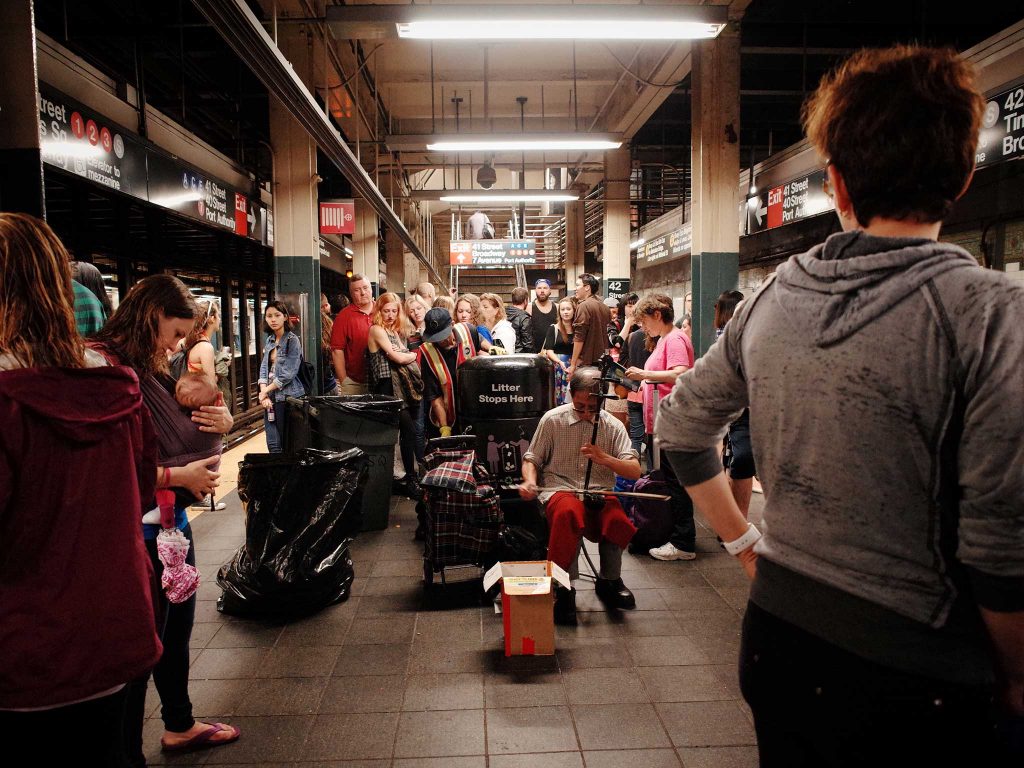
f/2.8, 1/60, ISO 2200. Giving a 21mm-equivalent field of view, the GW-3 adapter is useful in tight spaces.
If I could make a list of three things that I wish Ricoh would focus on in the next iteration of the GR it would be – good, high bitrate video quality and full control during video recording, image stabilization, brighter lens – in that order.
Those are pretty much my only complaints. Sure, we can talk about other stuff on my wishlist like improved autofocus speed; a higher resolution sensor; a tilting, touchscreen LCD etc… but these are things you pretty much expect to improve with each camera generation.
Bottom line, if you’re looking for a take-anywhere camera with all the benefits of a large APS-C sized sensor, the GR is pretty hard to beat. A camera of this quality that you can drop in a pocket or a small pouch or purse? If only it could send SMS messages and call me an Uber, I probably won’t even need my smart phone.
Other similar cameras:
The Ricoh GR II:
The GRII was an incremental upgrade, only adding some nice-to-have-but-not-really-enough-to-upgrade features like wifi support, a faster burst mode and a bigger buffer. But that was pretty much it. Same sensor, same lens. If you don’t already have a GR, then I’d definitely recommend the GRII. Everything I talked about in this review applies, with some very minor improvements. But if budget is tight, or if you’re able to nab a really good deal on a used GR, I’d say go for the GR, you really won’t miss much. Plus, you could put the money saved towards an extra battery, or the excellent Ricoh GW-3 wide-angle adapter to get you to 21mm-equivalent!
The Fujifilm X70:
Coming almost 6-months after the GRII and almost 3 years after the GR, the Fuji X70 is Fujifilm’s take on the GR. It has a similar fixed 28mm-equivalent f/2.8 lens in a body that’s slightly larger than the GR. Fuji takes a slightly different approach though, with a non-retracting lens (the GR is wider from left to right of the camera but thinner than the X70). The X70 also takes a different approach in ergonomics, going for an on-lens aperture dial, and dedicated shutter speed and exposure compensation dials.
The big advantage of this Fuji design is that you can quickly tell what aperture and shutter speed you’re shooting in just by glancing at your camera. With the GR, you have to look at the LCD. But in terms of speed of operation, I find them similar. For example, I have my GR set-up to adjust shutter speed on the front dial, aperture on the back jog dial and exposure compensation on the ‘+ and -‘ buttons, so they all get a dedicated controls, not at all dissimilar to the Fuji. One other plus for the Fuji is that it does have a much nicer flip-up LCD that is also touch enabled. Although it is important to note that it is one of Fuji’s first attempts at having a touch screen LCD on a camera, and is not quite up to par with the best touchscreen LCD’s like those found on Panasonic cameras for example. One big difference in terms of handling is that the Fuji is not a one-handed camera like the GR because of its aperture dial around the lens.
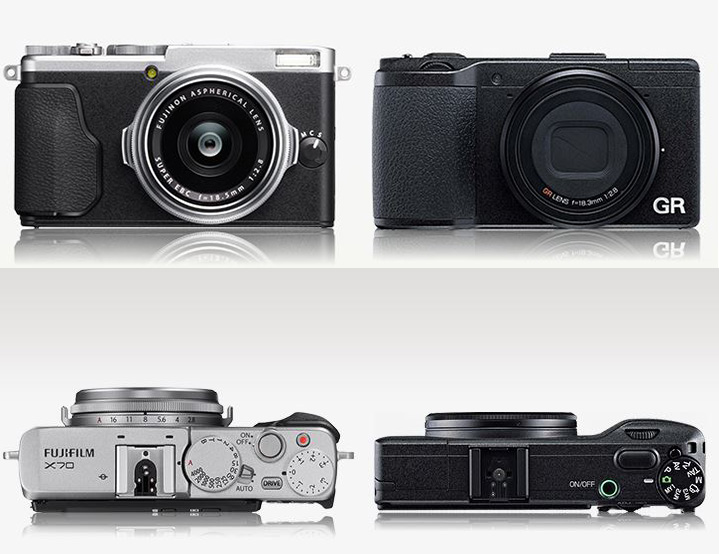
The GR is slightly wider, but much thinner because the X70 has a protruding lens. Because of this, the GR is more pocketable.
Other similarities: Ricoh GR vs Fuji X70:
Fuji also has a similar wide-angle adapter (the Fuji WCL-X70) that also gives the X70 a 21mm-equivalent field of view. The big plus point for Fuji here is that the Fuji wide angle lens screws right on the front threads of the camera’s lens, without needing another adapter, unlike on the GR. (The GR requires the Ricoh GH-3 adapter, a separate purchase in addition to the wide-angle lens)
The Fuji also has a few film effects that mimic the look of popular Fuji films. These aren’t your usual in-camera filters that are best avoided though. These are really high quality filters that can result in some very impressive straight-out-of-camera JPEG’s. While I really do love the GR’s positive film effect, the flexibility and options that Fuji gives you is quite more useful, as it will really allow you to choose a preset depending on the scene or your tastes. (e.g. Fujifilm Velvia for landscapes; Astia for portraits etc..) The time saved in post-processing is a huge plus.
But overall, in terms of sheer image quality, they are almost similar in my opinion. The X70 does have a slight edge in higher ISO (6400 and above) but the GR has a much sharper lens across the frame, especially when stopped down. But unless you’re shooting a lot of landscapes, I find this a non-issue. Honestly, I find that I hardly stop down my GR. For my purposes, I’d be pretty happy with either the GR or the X70’s lens.
After three years of carrying this around, I think it is the (almost) perfect everyday camera. While it’s built up quite a reputation as a street shooters’ camera, this isn’t just for street photography. The perfect ergonomics, combined with the size and weight, and the large sensor and relatively fast lens makes it one of the best everyday carry (EDC) cameras.
Note: CompactShooter.com is a participant in the Amazon Services LLC Associates Program, an affiliate advertising program designed to provide a means for sites to earn advertising fees by advertising and linking to Amazon.com. This means that we get a small commission on products sold through affiliate links at no extra cost to you.
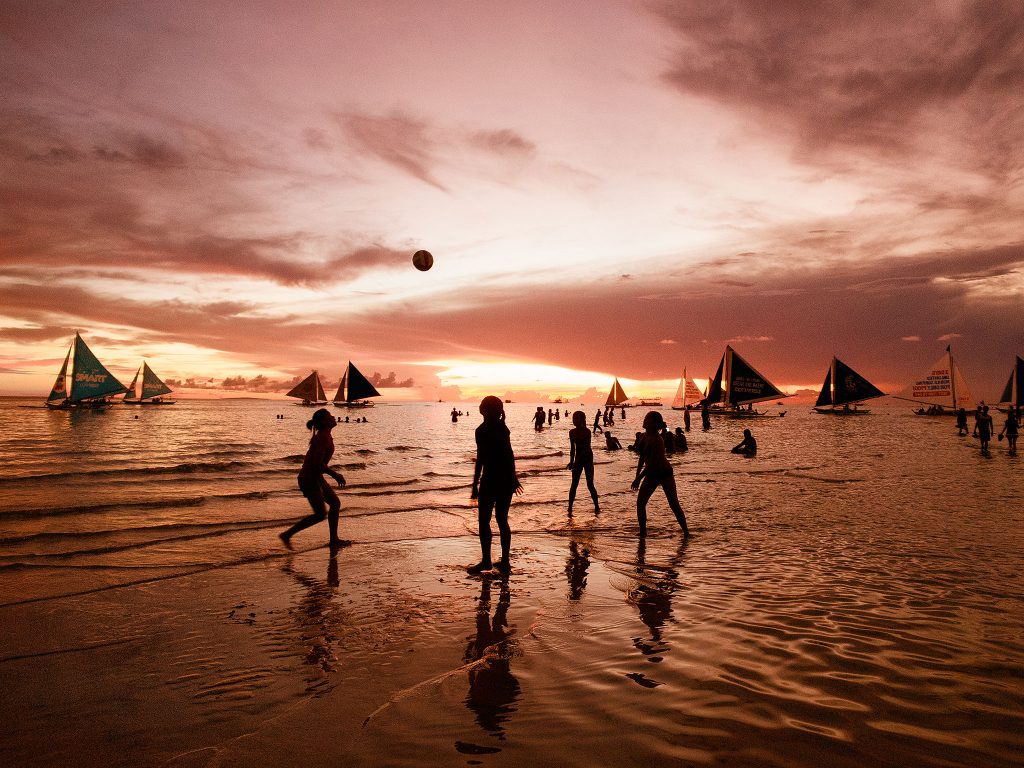
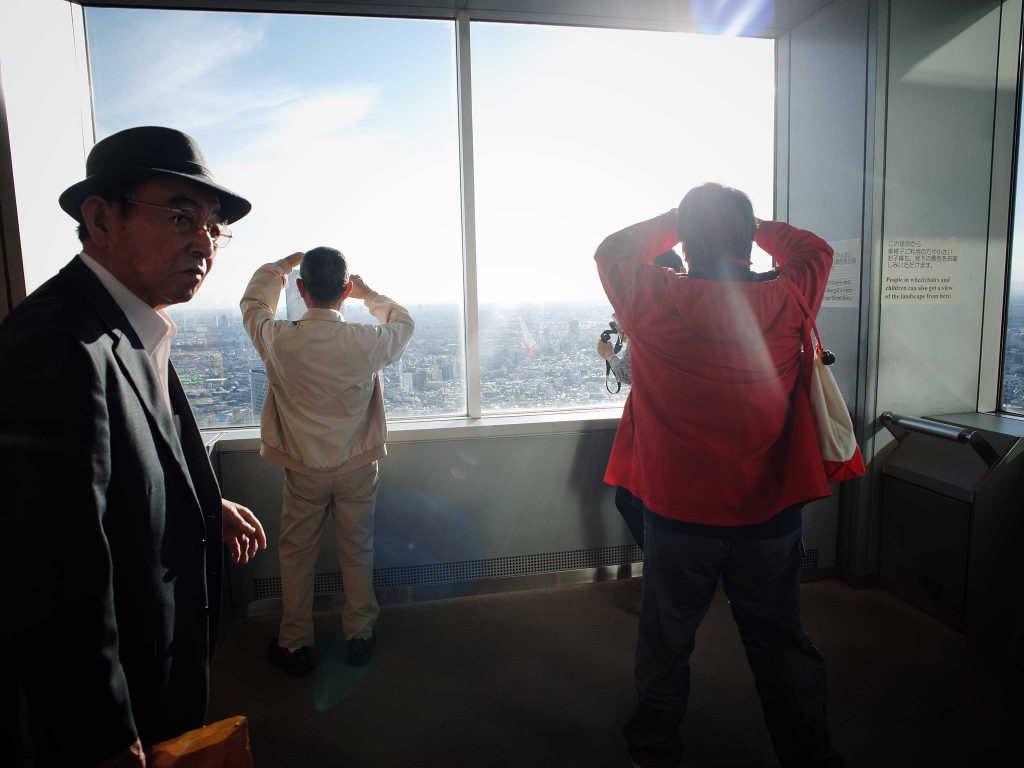
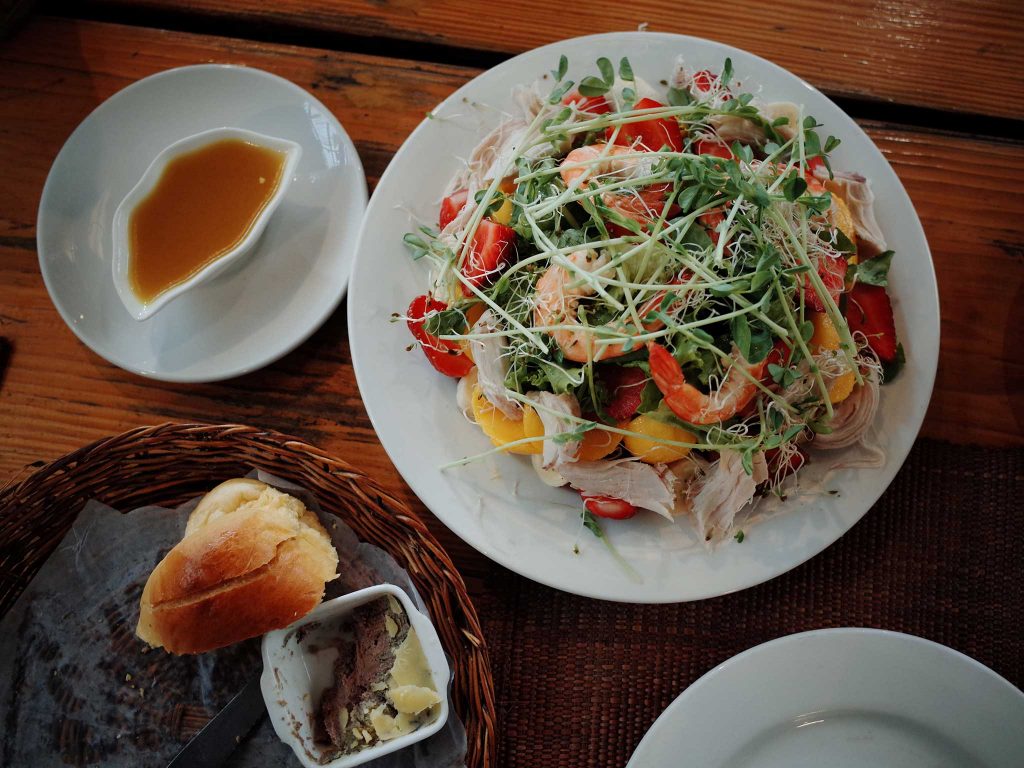
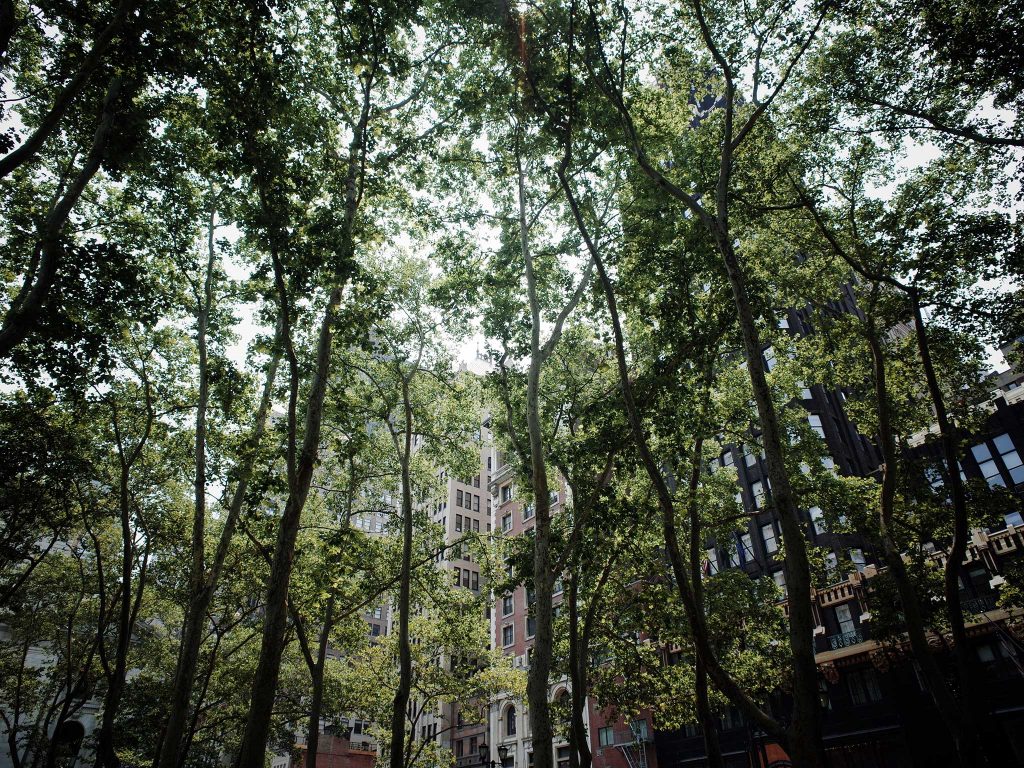


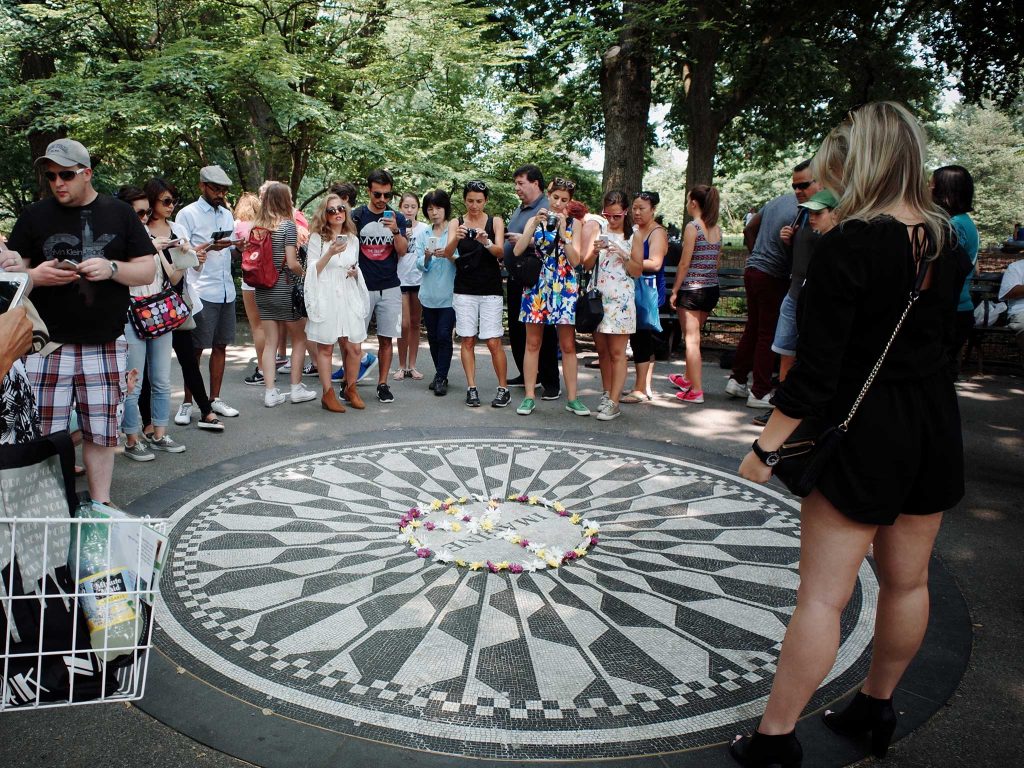
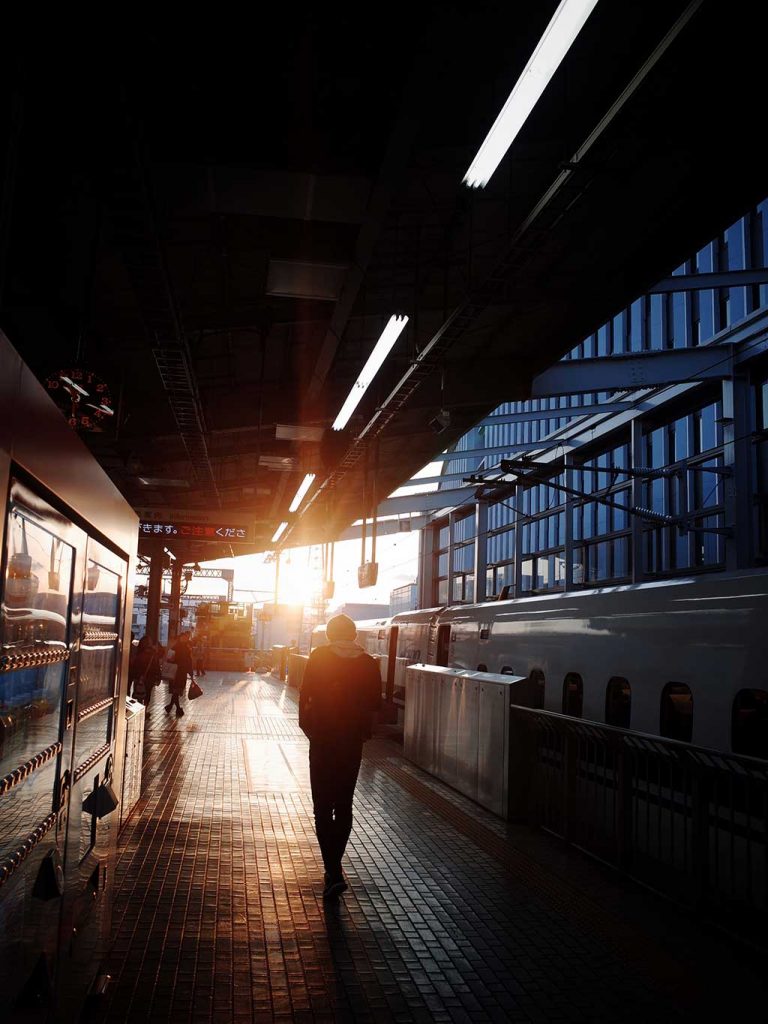

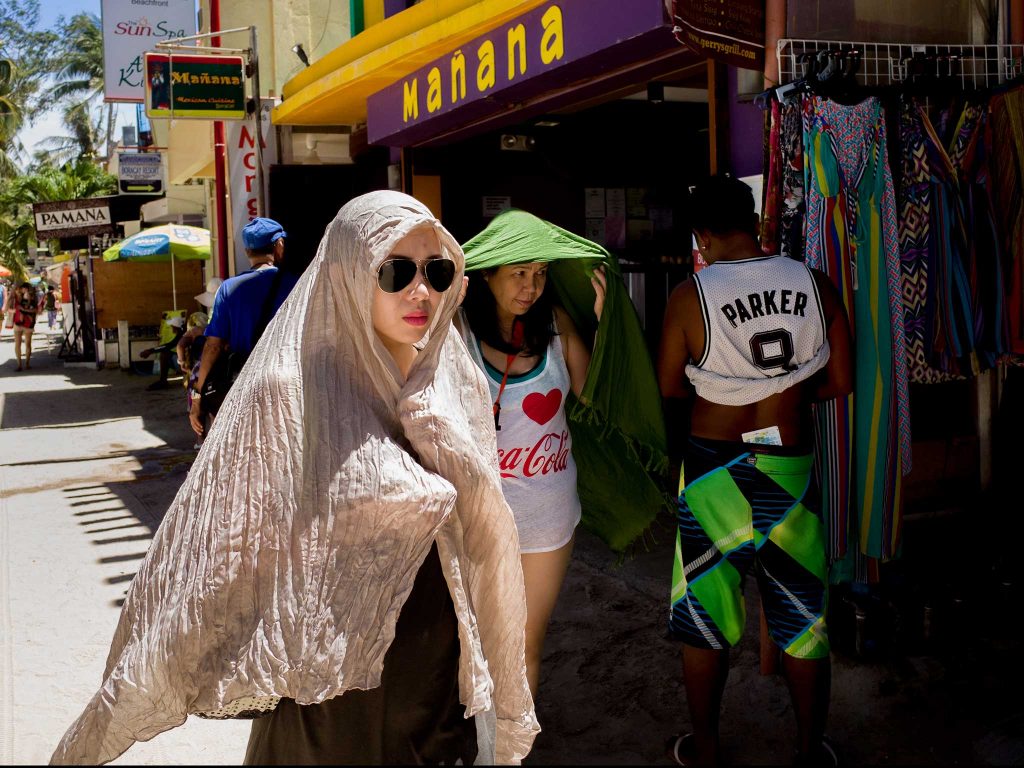
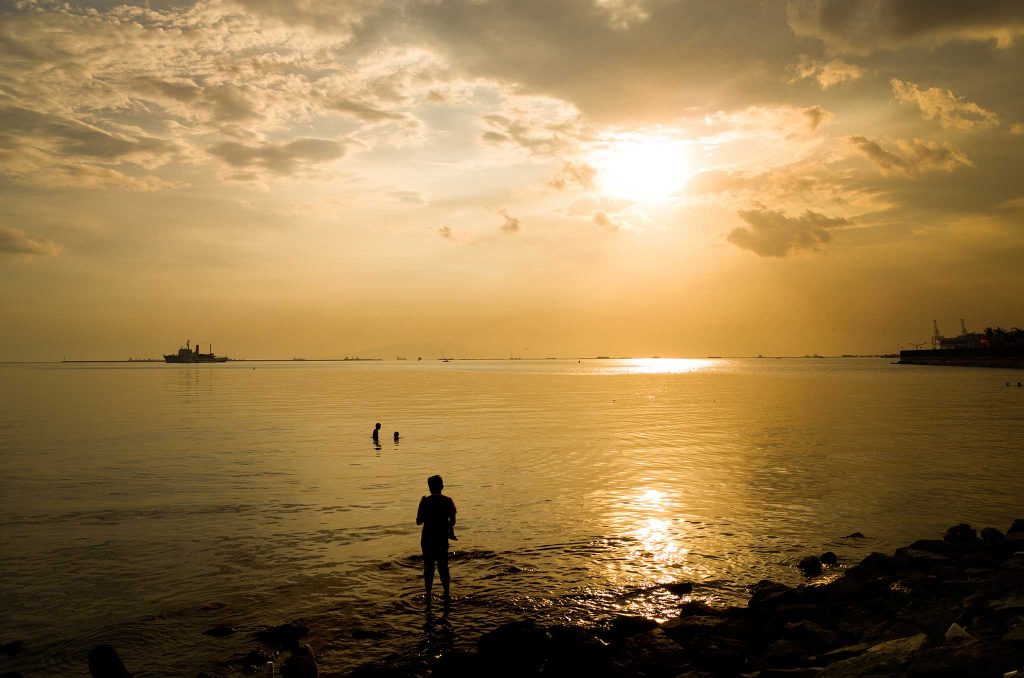
Hello.
I am a happy original Fuji X100 (yeah, in 2018) owner and just bought a Ricoh GR II as I found a good used deal and always wanted to try this.
First impressions are obviously quite good and I agree with mostly everything you said, so thanx for the review.
I am a jpg shooter, I hate wasting time in post, and always looking for the perfect jpg setting.
I am not totally sure the Ricoh image quality is on par with the X100 though, not only at high ISO where the difference is obvious: X100 is still usable at 3200, while at 1600 I already find the Ricoh ISO grain ugly (noise reduction disabled on both).
But still experimenting with the settings. Hence my question.
Positive film is obviously very good and a must use in this camera for jpg shooters like me, but a little too contrasty and oversharpened to my taste, plus often underexposed.
When you talk about the positive film settings you say ” vividness set to “4” but in that film “details” menu I only see “saturation” “contrast” and “sharpness”.
Instead I have got another settings in the general menu: “image” which can be set to “vivid” or “standard”.
Do I have an old version of the firmware or am I missing something?
Do you have any advice about exposure metering setting for this camera? I am currently using “multi” but find often the picture underexposed.
Anyway, thanx for the review.
Bye